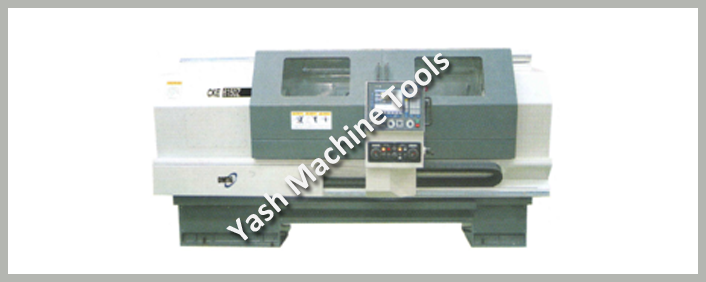Buying a CNC Lathe Machine
Before you purchase a CNC Lathe Machine, there are a few things you need to consider. The types, common uses, price, and variable speeds are just a few things to keep in mind. Hopefully, the information presented in this article will help you make a wise decision. Then, you can start making your next project!
CNC Lathe Machine Common Uses
CNC lathe machines are becoming increasingly popular, replacing older production lathes. They can perform a range of tasks more efficiently and are easier to use than traditional manual machines. Common uses include woodturning, metal spinning, glass working, and reclaiming parts. They can be used to create a wide range of components, from basic shapes to intricate parts.
CNC lathe machines work by rotating a workpiece, allowing it to be shaped precisely. They usually feature two axes, which control the length and diameter of the workpiece, although additional configurations are possible. To start machining, the tool is fed along a bar stock.
Types of CNC Lathe Machine
There are different types of CNC lathe machines available. Choosing the right one for your needs is essential. There are different types of CNC lathe machines with different features. For instance, the two-sided CNC lathe is more versatile than a single-sided machine. It allows you to perform multiple operations in one setup, reducing setup time and improving accuracy.
One of the main features of CNC lathe machines is their ability to process a variety of materials. They can cut surfaces, keyways, T-slots, and dovetail slots. They are also capable of processing spiral surfaces and tooth parts. In addition, some types of CNC lathes can cut wood and plastic.
CNC Lathe Machine Price
When buying a CNC lathe machine, there are a few factors you should consider. The price of the machine is one of them, but you should also consider how much workpiece you plan to do with it. The more complicated the part, the higher the price. Also, the larger the machine is, the more power it requires.
A CNC lathe is a powerful machine, with many functions performed at once. They are also fully automated, meaning you do not have to load the tool with parts or load it with workpieces. In addition, a CNC lathe machine will work with a variety of materials and will cut them with ease.
CNC Lathe Machine Variable Speed
One of the most popular manufacturing techniques is computer numerical control machining. The process is known for its precision and accuracy. CNC-controlled movements allow the tool to move at a set rate. A machine’s speed and feed rate will determine the amount of material it removes from the workpiece. The feed rate determines the cutting speed, as well as the depth of the cut and the quality of the surface finish. There are several factors that determine the cutting speed of a CNC lathe, but two of the most important are speed and feed rate.

When purchasing a CNC lathe, it is best to purchase one that will provide you with the precision you need to complete your job. Whether you’re a hobbyist or a professional, there are several types of these machines to choose from. A CNC lathe can be used for high precision applications and can be adapted to the size and complexity of the materials that you’re working with.
Bar Feeder in CNC Lathe Machine
A bar feeder is an additional accessory for a CNC lathe machine that extends the manufacturing line. It is dedicated to the feeding of workpieces to the lathe. Bar feeders should be compatible with the lathe’s maximum length and footprint. In some cases, a single feeder can accommodate many bars.
A bar feeder is connected to the machine via a chuck or a shuttle. It is a workholding device, or moving part, that moves with the lathe and holds the workpiece. It can also be attached to the machine via an adaptor. In addition, a bar feeder can include a bed, shuttle, or a pusher for moving the bar from one position to another.
A bar feeder can also share data with the CNC lathe, such as the quantity of bar stock left for machining. When the bar feeder is equipped with a production scheduler, it can also check the production list to see whether another part is ready for machining. This can help you prioritize the parts in the production queue.
- How Lathe Machine Manufacturers are Powering the Nation’s Engineering Growth in Canada?
- How Chamfer Machines Are Streamlining Metalwork in the UK’s Manufacturing Sector?
- How Feed Rate Adjustments Improve Surface Finish in Vertical CNC Milling Machines?
- How Radial Drilling Machines Achieve Low Vibration and Distortion Resistance?
- From Design to Execution: How CNC Press Brakes Ensure Seamless Workflow
- How to Optimize Sheet Metal Operations Using a Hydraulic Press Brake?


